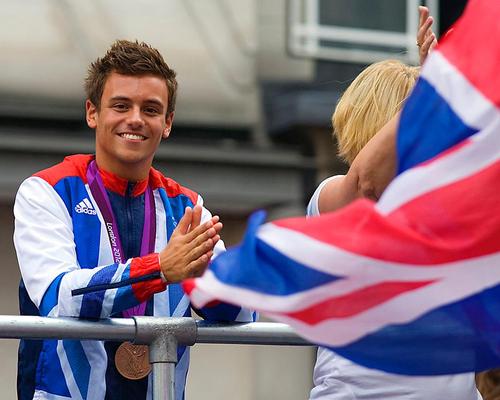15 Aug 2016
Local authorities at the ‘forefront’ of London 2012 legacy, says LGA
BY Matthew Campelli

Local authorities have been at the forefront of creating a “transformative” participation legacy following London 2012, according to the Local Government Association (LGA).
A snapshot survey of 16 councils undertaken by the organisation found that councils had “seen a spike in sport such as diving and other watersports” since the flagship event four years ago, due to local government investment.
The survey highlighted work done by several local authorities to boost participation. St Albans in Hertfordshire has seen sport activity “soar almost 50 per cent” since the Games after investing in three new leisure centres, while the council in St Helens has invested £3m (US$3.9m, €3.5m) in a local sports ground, which is expected to “attract over 100,000 visitors annually”.
Diving in Plymouth had swelled in popularity as a result of a £46.5m (US$60m, €53.8m) aquatics facility where Olympic bronze medallist Tom Daley trained. The 50-metre pool has a video playback facility and “bubble release technology” to reduce diver impact.
The LGA also pointed to Liverpool, Braintree – which hosted a stage of the Tour de France in 2014 – and Suffolk as regions which have used public investment to encourage sporting activity.
Councillor Ian Stephens, chair of the LGA’s Culture, Tourism and Sport board, said councils had been at the “forefront” of creating “tangible and lasting transformation of grassroots sport and participation” since London 2012.
“Councils have been upgrading leisure facilities, organising their own mini Olympics and ensuring major sporting events, such as the Tour de France, boost local economies – benefitting shops, hotels and businesses as well as getting people fit,” he added.
While several local authorities have made increasing sports participation a priority in the context of improving health and social cohesion, across the country the number of people participating in sport has had no significant increase since London 2012. In Sport England's first Active People Survey following the Olympics in October 2012, 15.5m people were recorded as physically active, compared to 15.8m in the latest version of the research published in April 2016.
Local authorities are the biggest public sector investors in sport and physical activity, spending £1.4bn (US$1.8bn, €1.6bn) per year. However, it is not certain that the level of investment can be sustained with local councils enduring large funding cuts from central government.
Councils will be able to bid for public money through Sport England funding if they can demonstrate initiatives that marry with the outcomes from the government’s Sporting Future sport strategy – physical wellbeing; mental wellbeing; social cohesion; improved self-efficacy; and economically viable.
Sport England will also make place-based investments, with the idea of partnering councils with local County Sports Partnerships (CSP), NHS Trusts, charities and private sector organisations to increase physical activity across the region.
Close Window